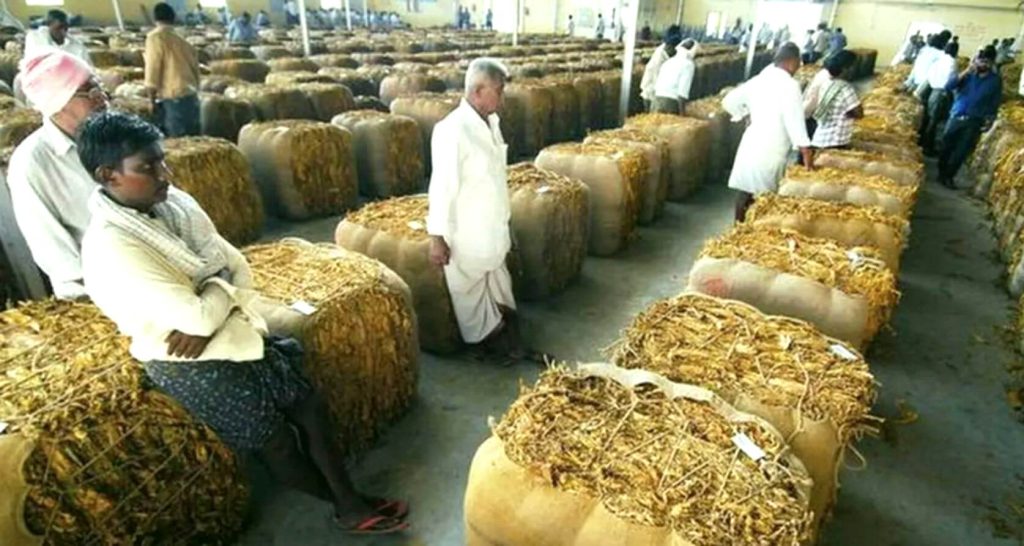
Embark on a captivating exploration of Virginia tobacco auctions, where tradition and commerce intertwine in a vibrant marketplace. Join us as we uncover the rich legacy of this time-honored trade, immersing ourselves in the world of farmers, buyers, and auctioneers.
Introduction
Virginia tobacco auctions stand as a testament to a rich heritage, showcasing the significance of this leafy crop and its impact on local economies. These auctions serve as a vibrant marketplace, where farmers, buyers, and enthusiasts converge. In this article, we embark on a journey to explore the world of Virginia tobacco auctions, unearthing their history, unraveling the intricacies of the auction process, examining the factors influencing prices, and delving into the role of technology in this age-old trade.
History of Virginia Tobacco Auctions
The cultivation of tobacco has deep roots in Virginia, dating back to the early days of European colonization in North America. The introduction of tobacco by John Rolfe in Jamestown marked the beginning of a prosperous industry. In the 17th century, the establishment of tobacco auctions provided a structured platform for farmers to sell their crop and for buyers to acquire the finest Virginia tobacco.
The Significance of Virginia Tobacco Auctions
Virginia tobacco auctions play a vital role in the economic landscape, driving commerce and providing a marketplace for buyers worldwide. These auctions contribute to the livelihoods of countless farmers and communities, shaping the identity and culture of tobacco-growing regions. Moreover, they serve as a gathering point for industry professionals, fostering relationships, and facilitating knowledge exchange.
Process of Virginia Tobacco Auctions
The auction process begins with the careful cultivation and harvesting of tobacco leaves by farmers. Once the leaves have been cured and prepared, they are organized into lots, each representing a specific quality and variety. These lots are presented at the auction house, where buyers inspect, evaluate, and bid on them. Skilled auctioneers preside over the bidding, creating an atmosphere of anticipation and excitement as prices rise.
The Thrill of Bidding at Virginia Tobacco Auctions
Participating in a Virginia tobacco auction is an experience like no other. The auction floor comes alive with bidders raising paddles and engaging in spirited competition, creating an electrifying atmosphere. Buyers from around the world gather to secure the best lots, each vying to obtain the highest-quality Virginia tobacco for their specific needs. The art of strategic bidding and the adrenaline rush of winning make these auctions truly captivating.
Factors Affecting the Auction Prices
Several factors influence the prices achieved at Virginia tobacco auctions. The quality of the tobacco leaves, including attributes like texture, color, and aroma, plays a significant role. Demand and market trends also impact prices, with certain varieties and styles commanding higher premiums. Additionally, external factors such as weather conditions, crop diseases, and governmental policies can influence supply and ultimately affect auction prices.
Virginia Tobacco Auctions: A Platform for Quality Assessment
The auction setting serves as a crucial quality assessment platform for Virginia tobacco. Buyers have the opportunity to visually inspect and evaluate the lots, ensuring they meet their desired standards. This hands-on approach allows for firsthand assessment of the leaf’s condition, texture, and aroma, enabling buyers to make informed purchasing decisions. The rigorous selection process ensures that only the finest Virginia tobacco reaches the market.
The Role of Technology in Virginia Tobacco Auctions
Advancements in technology have found their way into the world of Virginia tobacco auctions. Automated sorting and grading systems, along with online bidding platforms, have streamlined processes, increased efficiency, and expanded the reach of these auctions. Virtual auctions and remote participation have become more prevalent, allowing buyers from around the globe to engage in the bidding process without physical presence.
Sustainability Practices in Virginia Tobacco Auctions
With an increasing focus on sustainability, Virginia tobacco auctions have implemented various practices to promote responsible farming and reduce environmental impact. This includes efforts to minimize water usage, implement efficient curing techniques, and adopt eco-friendly packaging. Farmers are also encouraged to explore organic cultivation methods and promote biodiversity in their fields, ensuring a sustainable future for this age-old industry.
Market Trends and Future Outlook
Virginia tobacco auctions continue to adapt to changing market dynamics and consumer preferences. The industry has witnessed shifts in demand, with a growing interest in organic and sustainably produced tobacco. Additionally, evolving regulations and shifting societal attitudes towards smoking have influenced market trends. However, Virginia tobacco remains highly regarded for its unique flavor profile, ensuring a promising future for these auctions.
Conclusion
In conclusion, Virginia tobacco auctions serve as a living legacy, preserving centuries of tradition while fueling commerce. The vibrant marketplace, the thrill of bidding, and the meticulous assessment of quality contribute to the allure of these auctions. With a blend of history, craftsmanship, and technological advancements, Virginia tobacco auctions continue to captivate buyers and enthusiasts alike. As the industry evolves, embracing sustainability and adapting to changing market trends, the future of these auctions remains bright.
Technical sources:
- “Tobacco Production Guide” by Virginia Cooperative Extension
- “Tobacco Production and Marketing” by the U.S. Department of Agriculture
- “Tobacco: Growing, Harvesting, Curing, and Selling” by Wilbur P. Duncan and W. David Duncan
Books:
- “Tobacco Culture: Farming Kentucky’s Burley Belt” by John van Willigen
- “Bright Tobacco: A Century of Labor, Land, and Industry on the American Tobacco Coast” by Allan D. Peterkin
- “Tobacco Culture: The Mentality of the Great Tidewater Planters on the Eve of Revolution” by T.H. Breen
Sources of information:
- Virginia Tobacco Commission (website: https://www.vatobacco.org/)
- Virginia Department of Agriculture and Consumer Services (website: https://www.vdacs.virginia.gov/)
- United States Department of Agriculture (website: https://www.usda.gov/)